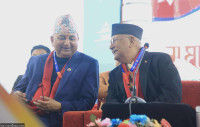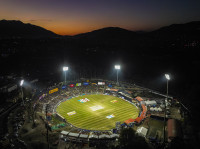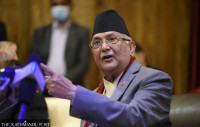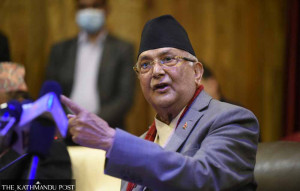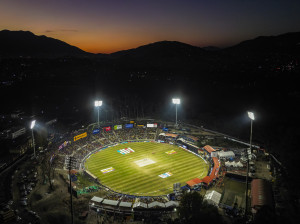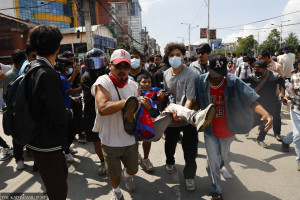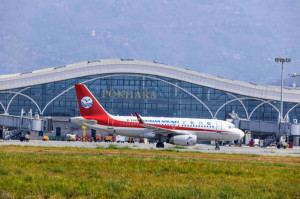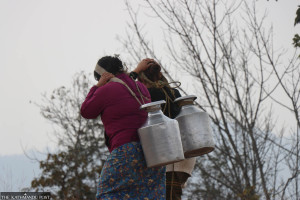Editorial
Traffic madness
The increasing import of vehicles has exerted unrelenting pressure on the existing infrastructure.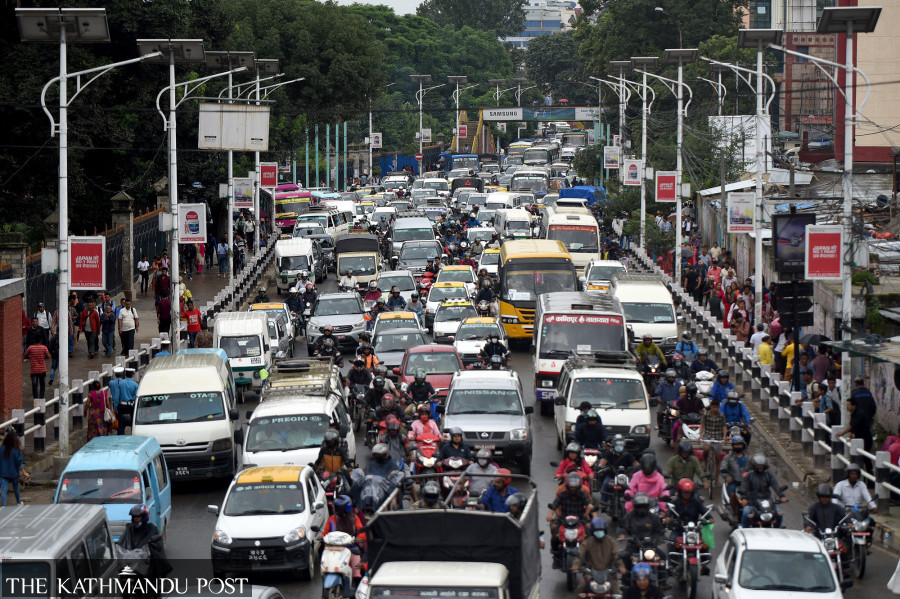
If you’re not careful enough, you could easily entangle yourself for hours in the ever-burgeoning traffic of Kathmandu. The unrelenting onslaught of vehicles of various shapes and sizes has indeed become a nightmare for the residents. With movements back to pre-pandemic levels, the increasing import of vehicles has exerted unrelenting pressure on the existing infrastructure. Since the government has no impetus to develop an efficient and dependable public transport network, the citizens have been left to provide for their means of conveyance. The choice often boils down between a four-wheeler and the more popular of them, the two-wheeler.
Despite a motorbike being the more obvious choice, it doesn’t stop the possessors from escaping the snarls of traffic. The morning and evening rush hours have merged to form a never-ending nightmare. Daily commutes to and from work are seen as arduous, with people often spending a good part of an hour on these daily commutes, primarily because everyone seems to be in a hurry to get places. People will stop short of nothing to outmanoeuvre drivers in shaving off perhaps a few minutes, even if it means adding to the inconvenience of the majority. There is no adherence to the rule of law; this nonchalant approach to flouting traffic laws often goes unchecked because it is usually overridden with a simple slap on the wrist.
The precedence of pedestrians’ rights over motorists is almost non-existent in Nepal. Some years ago, the incumbent mayor of Kathmandu Metropolitan City promised the installation of 100 “smart zebra crossings”—crossings that would alert drivers to stop while foot travellers cross. The naysayers have yet again proved to be correct. While most zebra crossings have faded into irrelevance, the ones that exist are often seen by a motorist as nothing more than decorative paintwork on roads, for there seems to be absolute disregard for pedestrian safety. Crossing the street can be hazardous, sometimes resulting in severe injury or death. The authorities have always managed to hoodwink the public into believing in preposterous schemes that have no chance of being fulfilled from the onset.
Another addition to the increasing traffic problem stems from the government’s absolute apathy concerning traffic lights. Ironically, important junctions are primarily reliant on traffic police officers; one often finds oneself at the mercy of manual systems in Nepal for months on end despite expensive investment in traffic lights systems. Why are the authorities often keen on selling lofty dreams concerning investment in the unachievable when essential infrastructure is usually in a state of absolute neglect and disrepair?
Of late, with the wedding season and the general conventions of political parties in full swing, people have resorted to haphazard parking on any accessible patch they tend to find. The traffic police are seen to do little to enforce laws concerning political activity to avoid any backlash from politicians and their henchmen for whom such rules scarcely apply. As long as those in political offices do not need to suffer the pain of the people queuing in long traffic jams, nothing worthwhile can be expected to come for the public anytime soon.




 6.12°C Kathmandu
6.12°C Kathmandu
